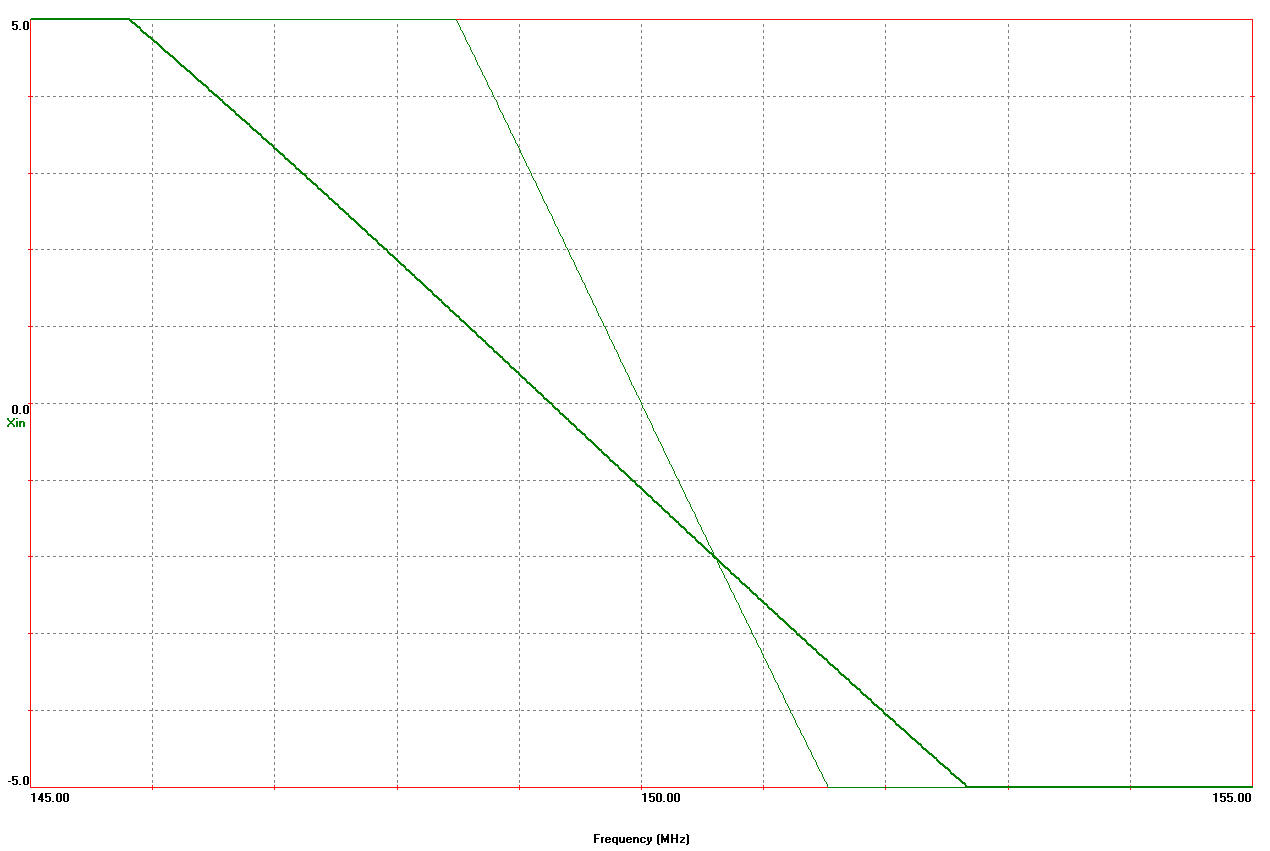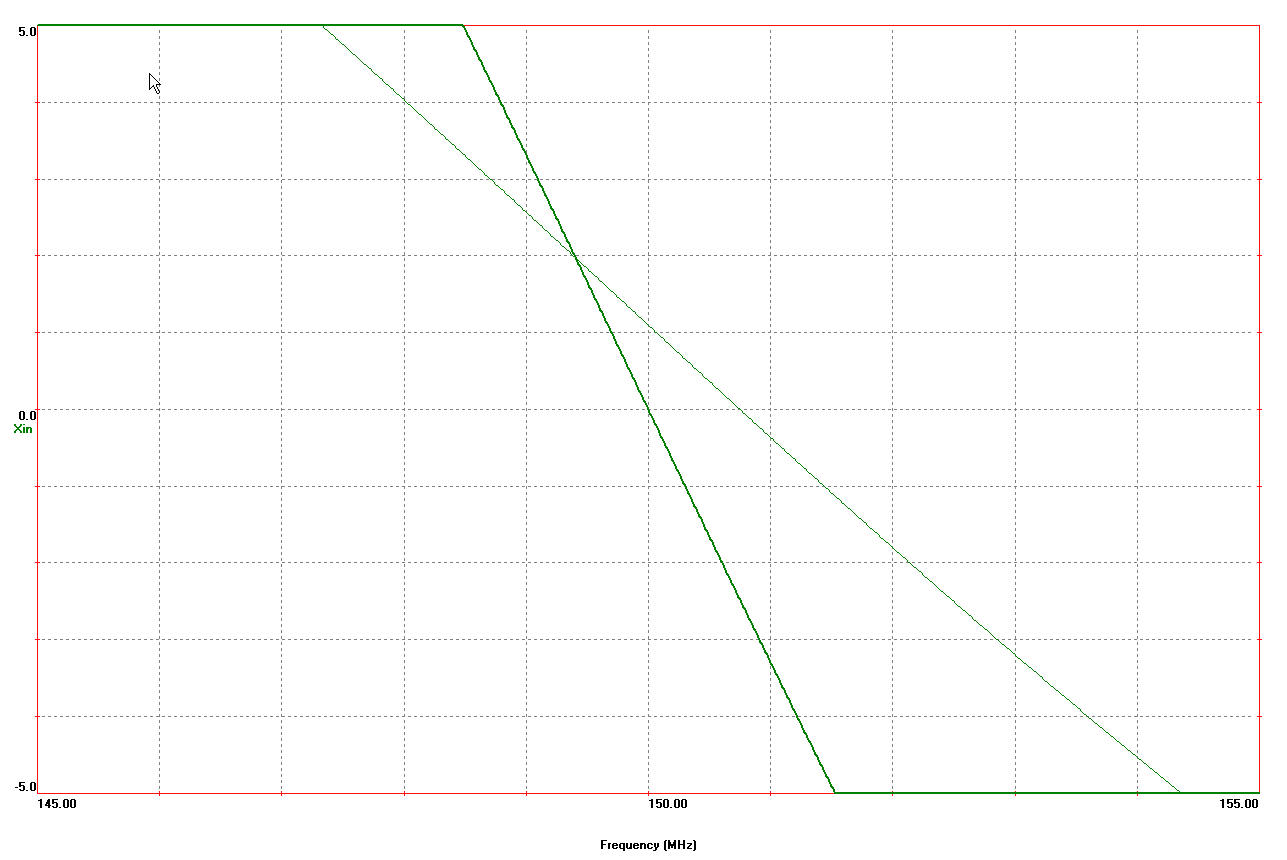RF-OM
Advanced Member level 2
I submit one interesting question for anyone who likes brain exercise and electrical networks. Let’s say we have LC resonant tank. We can find its resonant frequency as reciprocal from the product of 2pi and square root from LC product: f=1/2*pi*sqrt(LC). It is simple and well known.
Here is not well known complication. Actually the formula above does not tell us the resonant frequency of corresponding LC tank. It provides an approximation. Two questions emerge:
1. Why is resonant frequency only approximated by this formula?
2. How must the formula be changed to get right value for this frequency?
This is very interesting question. It is not easy but, for the same time, it is not “brain breaking”. This question is for any student who is studying electrical network theory, but may be interesting for engineers too because they may use it to solve some problems.
Best regards,
RF-OM
Here is not well known complication. Actually the formula above does not tell us the resonant frequency of corresponding LC tank. It provides an approximation. Two questions emerge:
1. Why is resonant frequency only approximated by this formula?
2. How must the formula be changed to get right value for this frequency?
This is very interesting question. It is not easy but, for the same time, it is not “brain breaking”. This question is for any student who is studying electrical network theory, but may be interesting for engineers too because they may use it to solve some problems.
Best regards,
RF-OM

